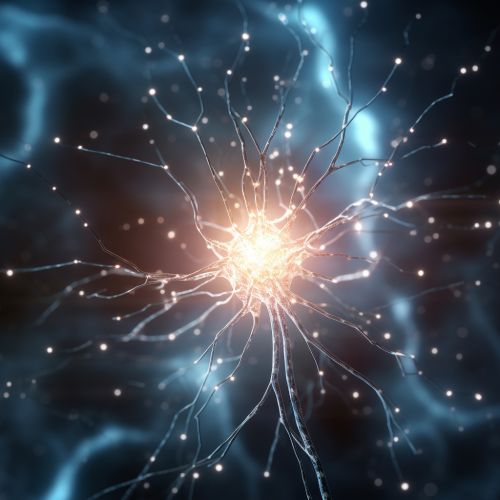Optogenetics in Neuroscience Research
Introduction
Optogenetics is a biological technique that involves the use of light to control cells in living tissue, typically neurons, that have been genetically modified to express light-sensitive ion channels. It is a neuromodulation method employed in neuroscience that uses a combination of techniques from optics and genetics to control and monitor the activities of individual neurons in living tissue and to precisely measure these control effects in real-time.


History and Development
The field of optogenetics has its roots in the early 2000s, when scientists began to explore the possibility of using light to control the activity of neurons. The term "optogenetics" was first coined in 2006 by a group of researchers led by Karl Deisseroth at Stanford University. They were the first to demonstrate that optogenetics could be used to manipulate the behavior of an animal, thus opening up new possibilities for neuroscience research.
Principles of Optogenetics
Optogenetics operates on the principle of light-sensitive proteins, called opsins, that are capable of converting light into an electrochemical signal. These proteins are typically found in microorganisms, but through genetic engineering, they can be introduced into other cells, including neurons. When these modified neurons are exposed to light of a specific wavelength, the opsins trigger a change in the cell's membrane potential, leading to either an excitatory or inhibitory response.
Techniques in Optogenetics
There are several techniques used in optogenetics, each with its own advantages and disadvantages. The most common technique involves the use of a virus to deliver the opsin gene into the neurons. Once the gene is integrated into the neuron's DNA, it begins to produce the opsin protein. The neuron can then be controlled by exposing it to light of a specific wavelength.
Applications in Neuroscience
Optogenetics has been used in a variety of neuroscience research areas, including the study of neural circuits, the understanding of brain diseases such as Parkinson's and Alzheimer's, and the development of new treatments for these diseases. It has also been used to study the neural basis of behavior, cognition, and emotion.
Challenges and Future Directions
Despite its many advantages, optogenetics also faces several challenges. One of the main challenges is the difficulty of delivering light to specific neurons deep within the brain. Additionally, the use of viruses to deliver the opsin gene raises safety concerns. Future research in optogenetics will likely focus on addressing these challenges and expanding the range of its applications.
